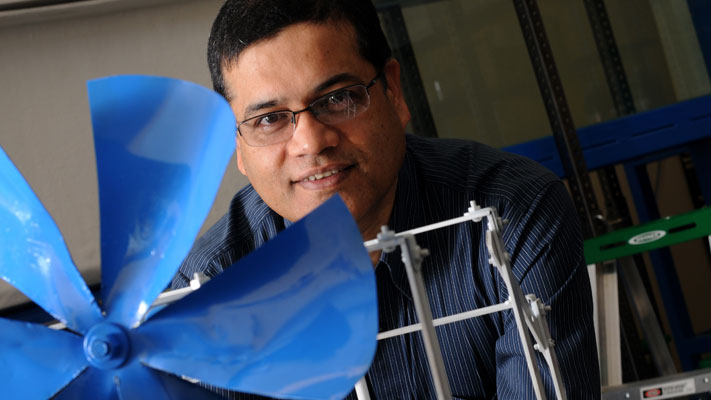
Dr. Rajiv Mishra with a model of a hydrokinetic system. Photo by B.A. Rupert
Dr. Rajiv Mishra thinks the ancient past and the modern present are converging in some ways. “In the past,” Mishra says, “we have prayed to the sun god, to the wind god and to the water god. Now we are back to that point.”
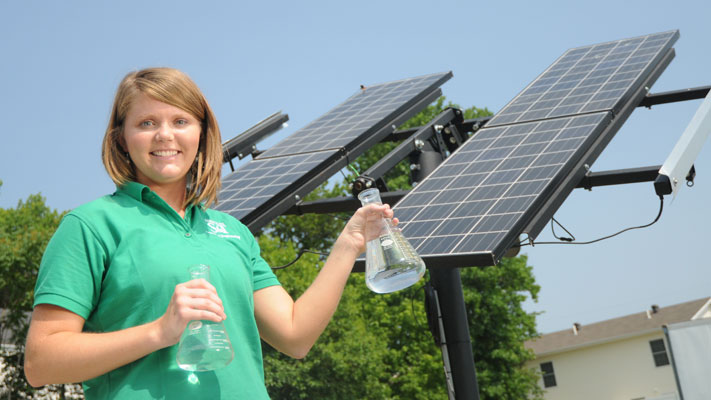
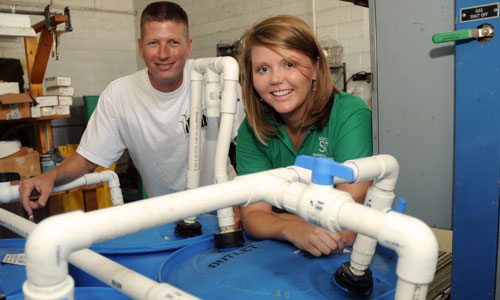
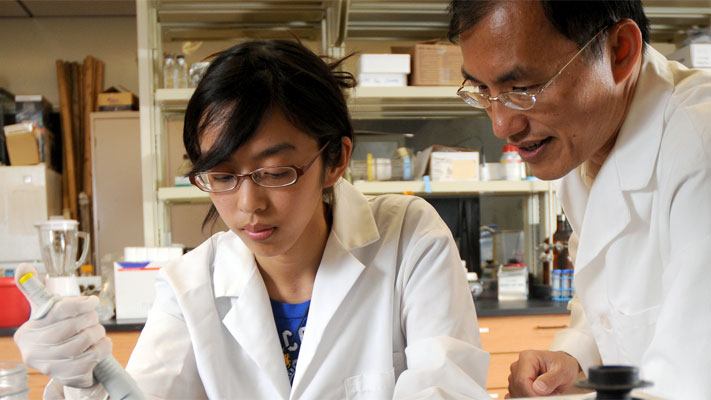
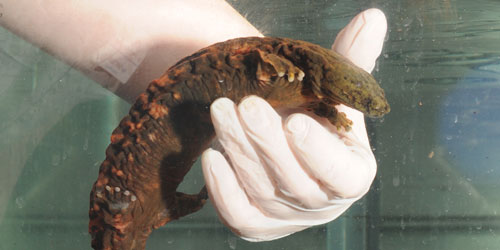


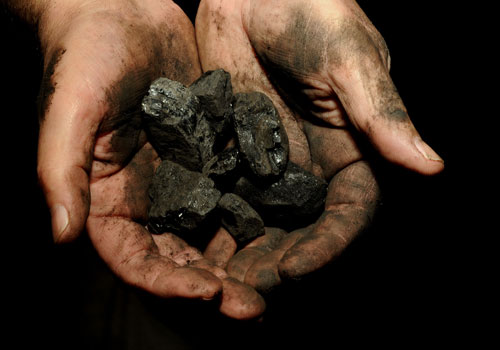


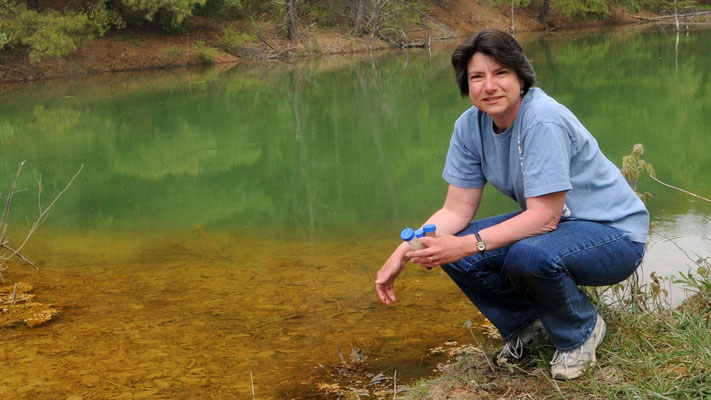
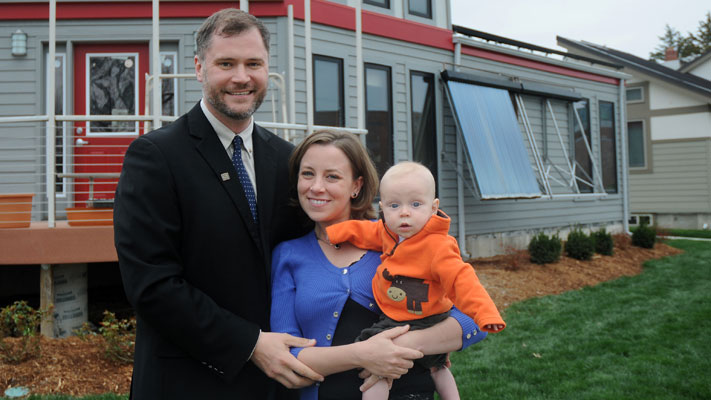
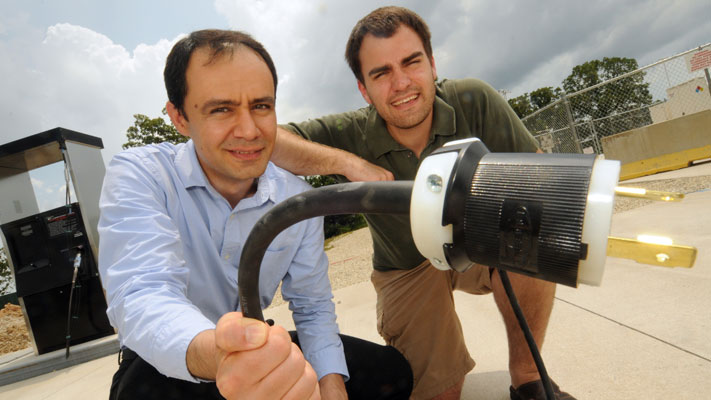
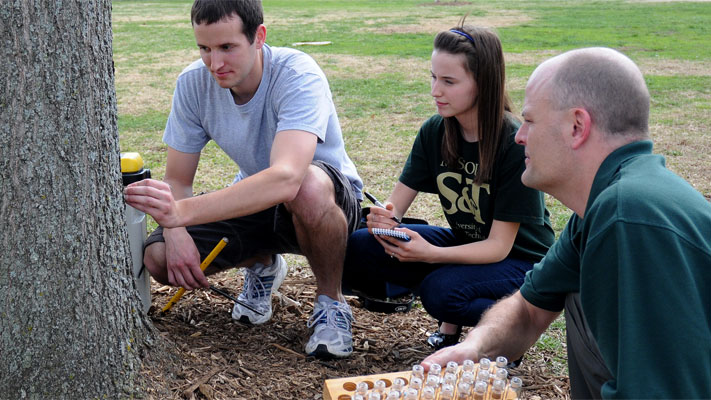
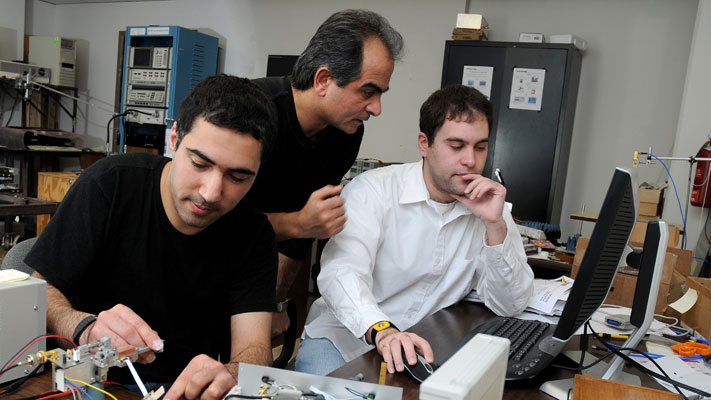
Recent Comments